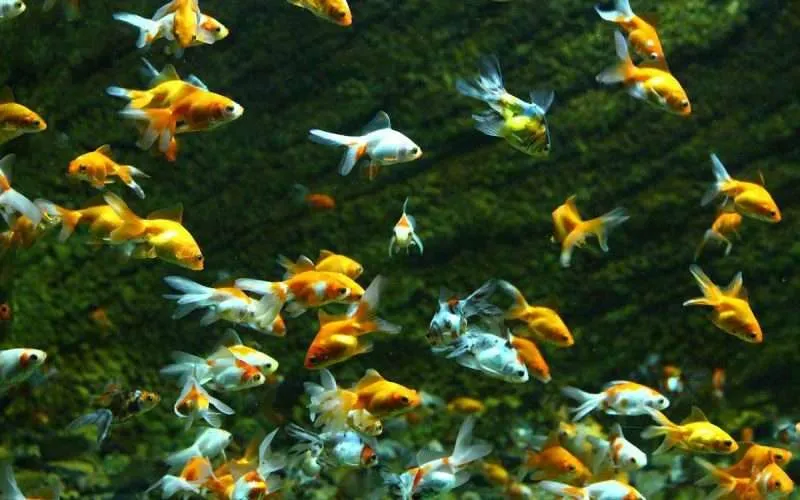Table of Contents Show
It is always a fun and easy outing… just go fishing.
Whether you actually manage to land something or not is entirely irrelevant.
Then again, it really isn’t an issue if you are a catch-and-release style of fisher, or you like keeping your catch.
Because quite often, it is the fun of the chase that really works wonders for so many of us.
Types of Freshwater Fishes
1. Largemouth Bass:
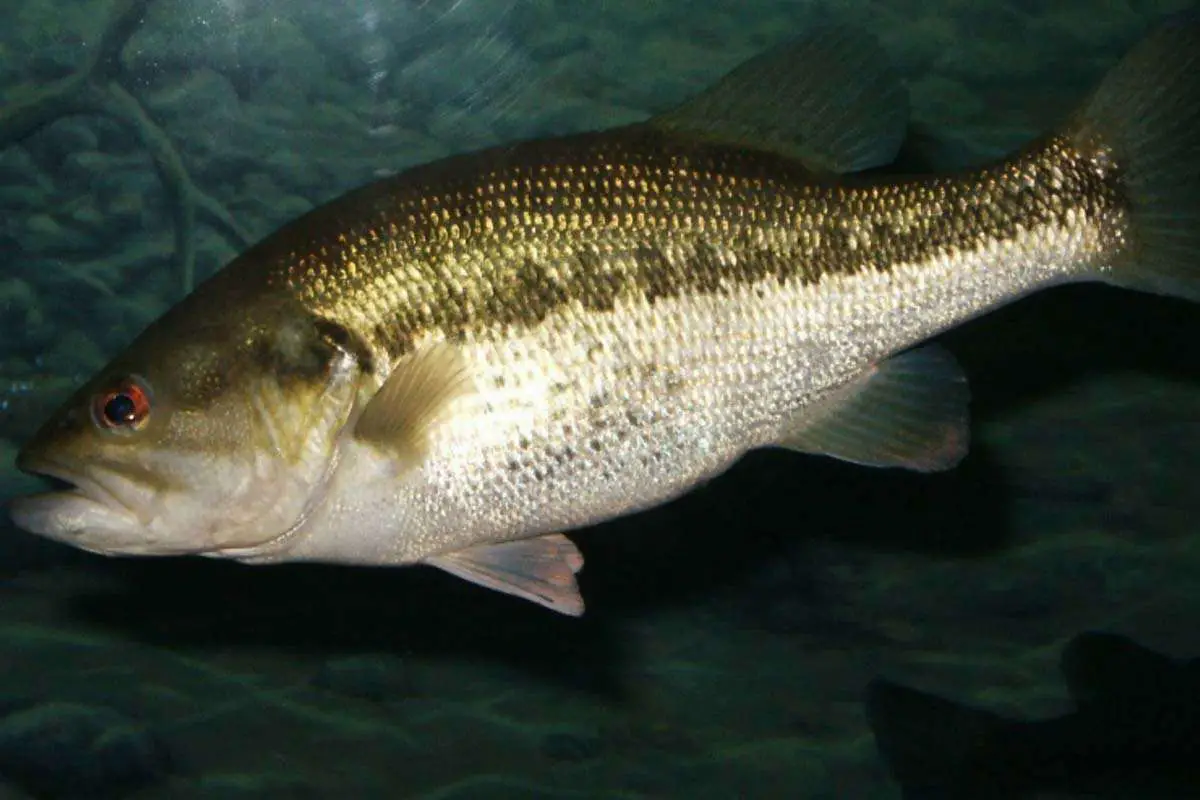
The most common kind of fish, and one that is most popular amongst anglers, the Largemouth Bass can be found in freshwater bodies across the USA.
What makes this green colored fish such a popular game fish is how great a fight it puts up when getting caught.
Its full size at the time of maturity is over 18 inches.
2. Black Crappie
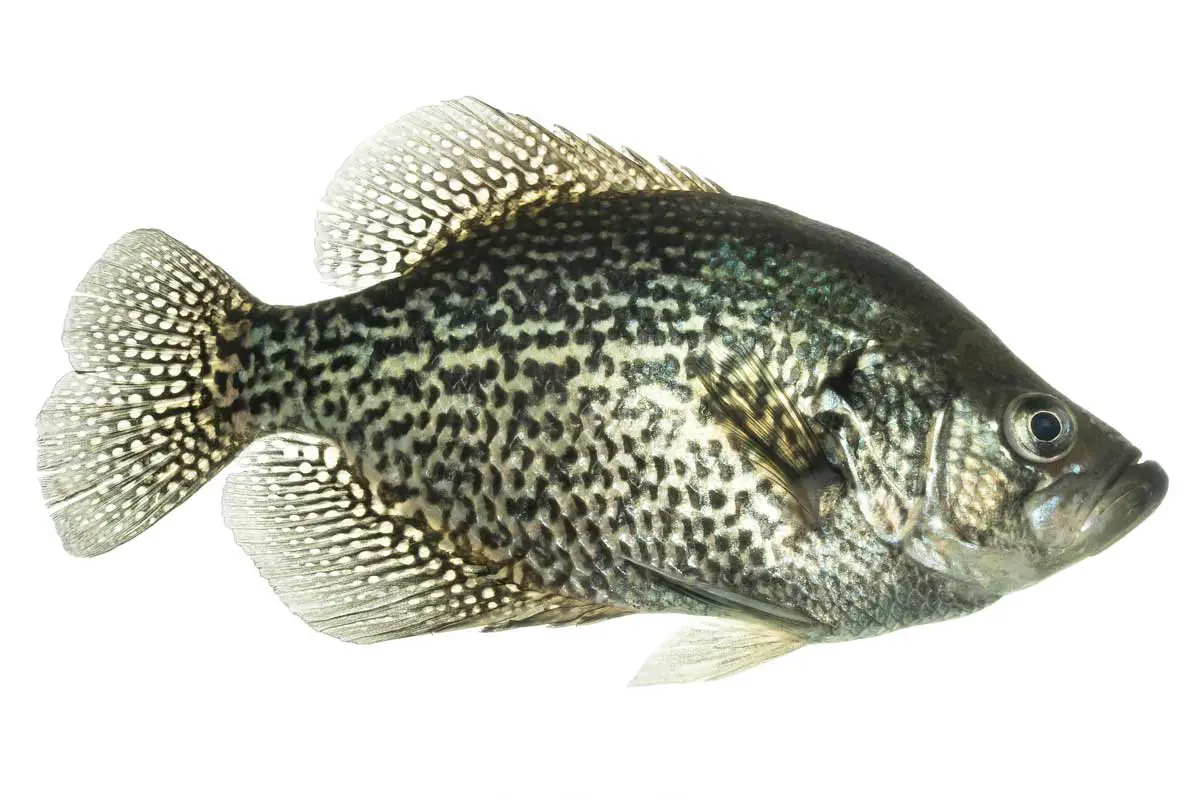
The Crappie is considered an easier fish to catch, even by anglers who have just started. Not only is it easier game, it is also one of the most common fish that can be caught by just about any one.
Part of the sunfish family, Crappie is also known as Speckled Bass, Calico Bass, Papermouth, Sauce-au-lait and Strawberry Bass.
There are two primary types of crappie, black and white. They can be differentiated by their color, but even more conveniently by their markings and dorsal fins.
Black Crappies have around seven or eight dorsal spines, and irregular dark blotches.
White Crappies have bodies that look compressed, with regular dark colored bars down their body and five to six dorsal spines.
3. Channel Catfish
Again, this is another fun fish to catch, and it is just as delicious to eat also, if you plan on having Channel Catfish for your dinner!
The channel catfish is a very popular fish species in the Midwest. The barbells on its face give the fish its name.
However, it is also known as the willow cat, spotted cat, blue cat and chucklehead cat.
In the Northern parts of America, 39 species of catfish may be found. Catfish never stop growing throughout their lives.
4. Rainbow Trout
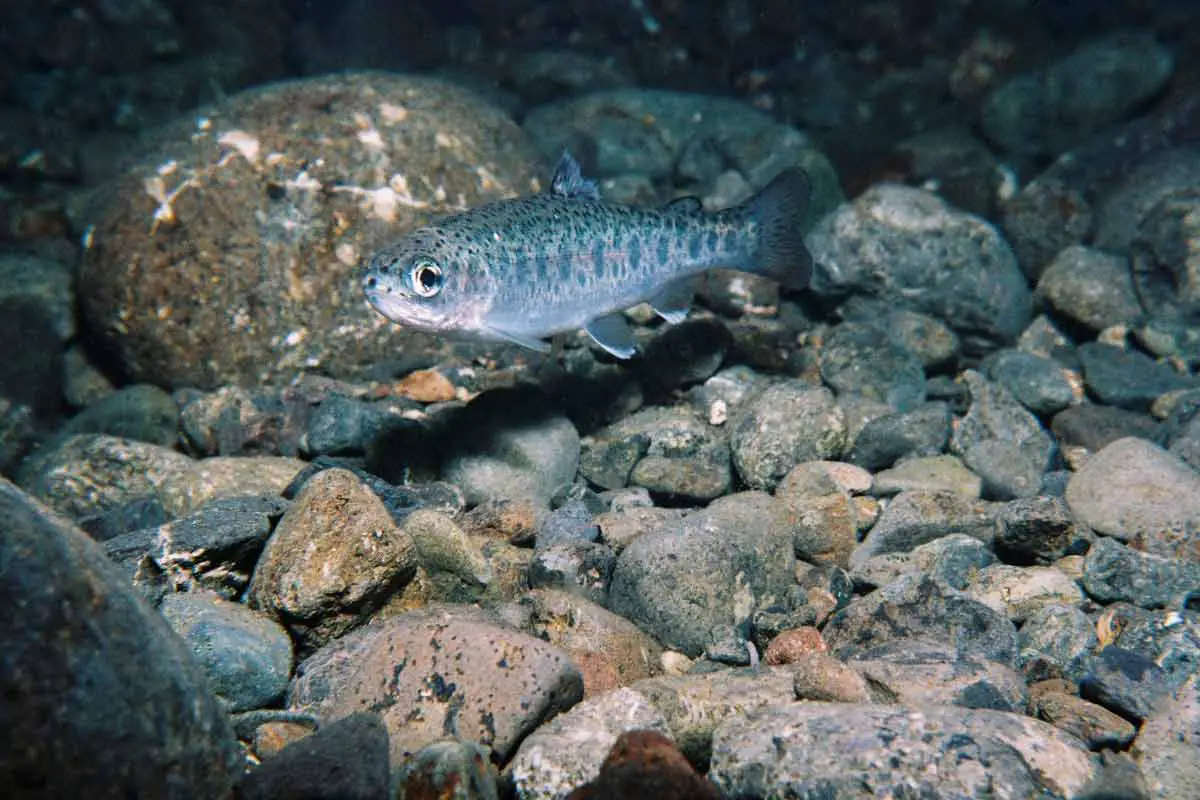
Rainbow trout are not just beautiful, they also have vivid colors and markings that really help them to stand out. Rainbow trout are also a prime favorite amongst fly fishermen.
One of the family of the colorful North American Salmonidae, Rainbow Trout are cold water fish that are found in clear water streams.
They may be distinguished by the characteristic black spots on their bodies and the reddish band on either side.
5. Walleye
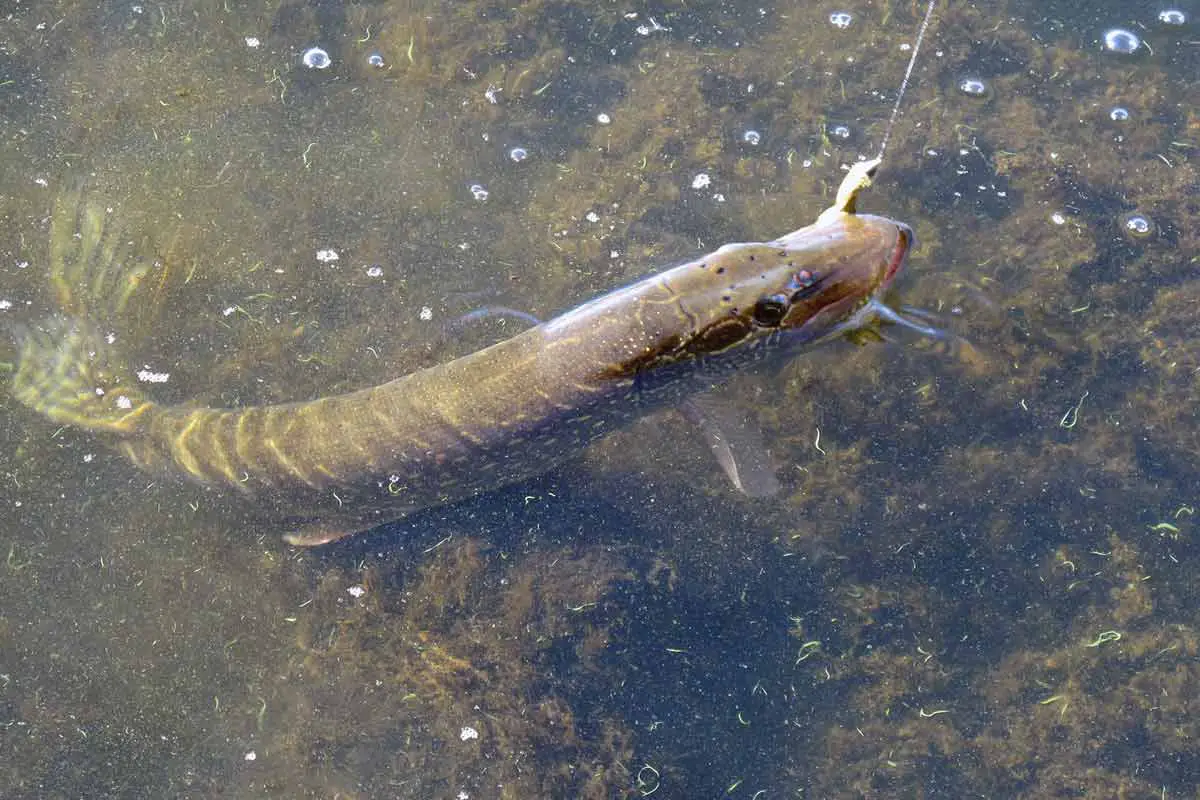
Walleye fish can be found in abundance throughout the Northern USA and Canada.
It is an extremely popular freshwater game fish that is also known as yellow pike, yellow pickerel or yellow walleye. It is a perciform fish that is mostly olive and golden in color.
They grow up to 80cm in length and weigh about nine kilograms.
6. Clown Knifefish
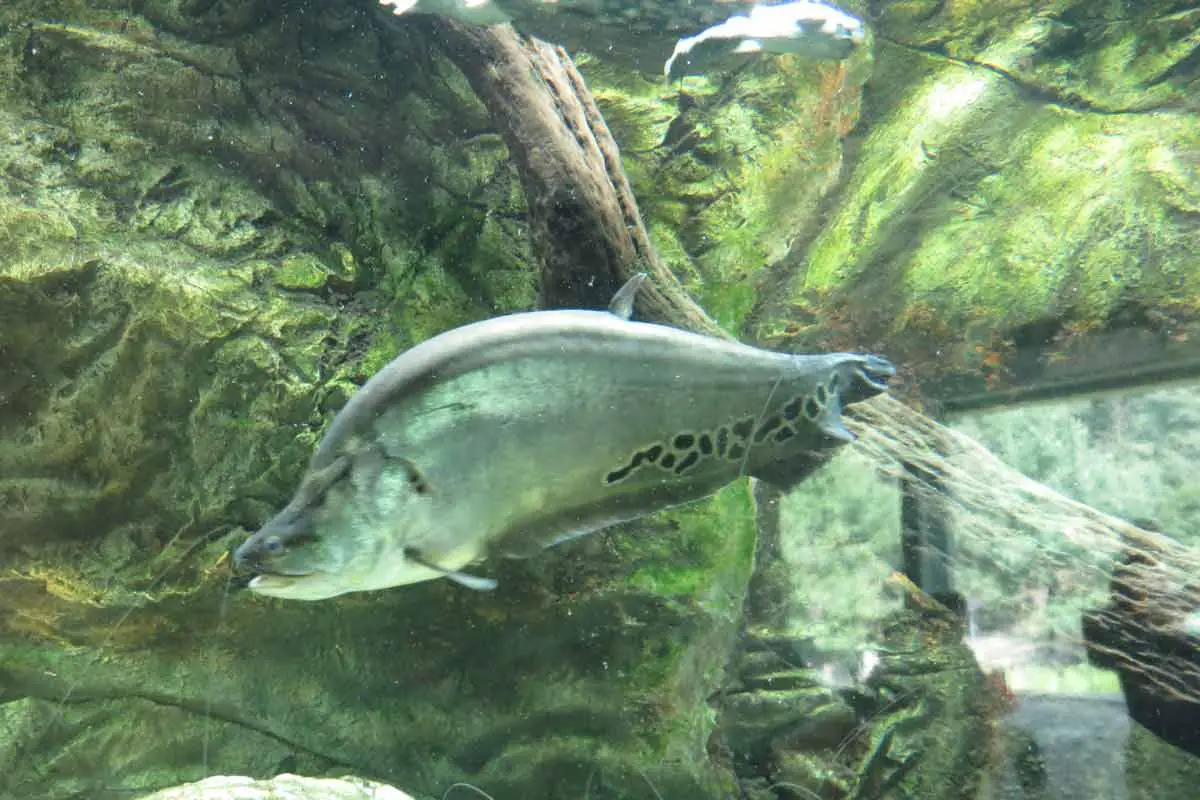
The Clown Knifefish is a nocturnal fish that was a native inhabitant of tropical, freshwaters in Southeast Asia namely, Cambodia, Thailand and Vietnam.
It was introduced as an aquarium fish to other regions and eventually ended as an invasive, freshwater fish species into freshwater bodies to other parts of the world.
It also goes by the names of clown feather-back or spotted knifefish.
7. Snakehead
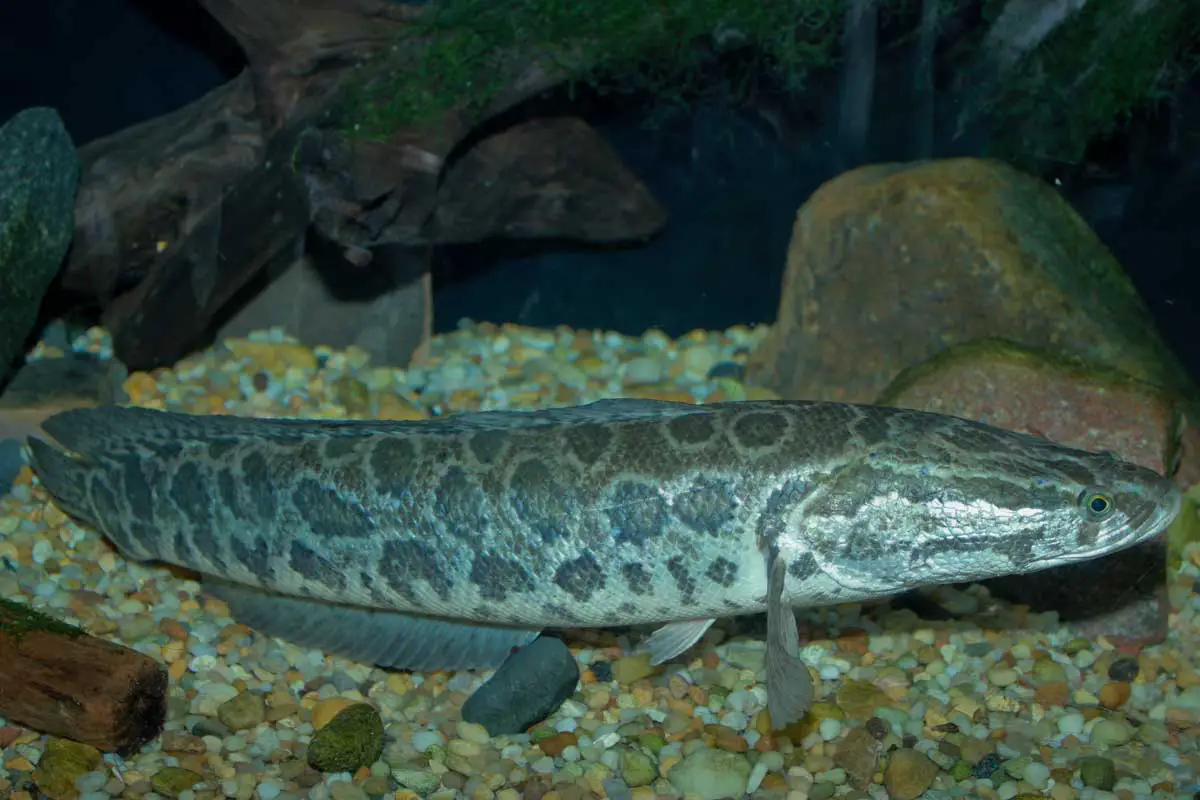
Snakeheads are not just exotic fish found in the freshwaters of the US, they are also unique in their ability to survive on land as well as water.
In fact, due to their ability to breathe on land, snakeheads are able to survive for multiple days on land. There are two kinds of snakeheads, Northern and Bullseye Snakehead.
They are easily distinguishable by their red eyes, torpedo-shaped bodies and anal and dorsal fins without spines.
8. BlueGill
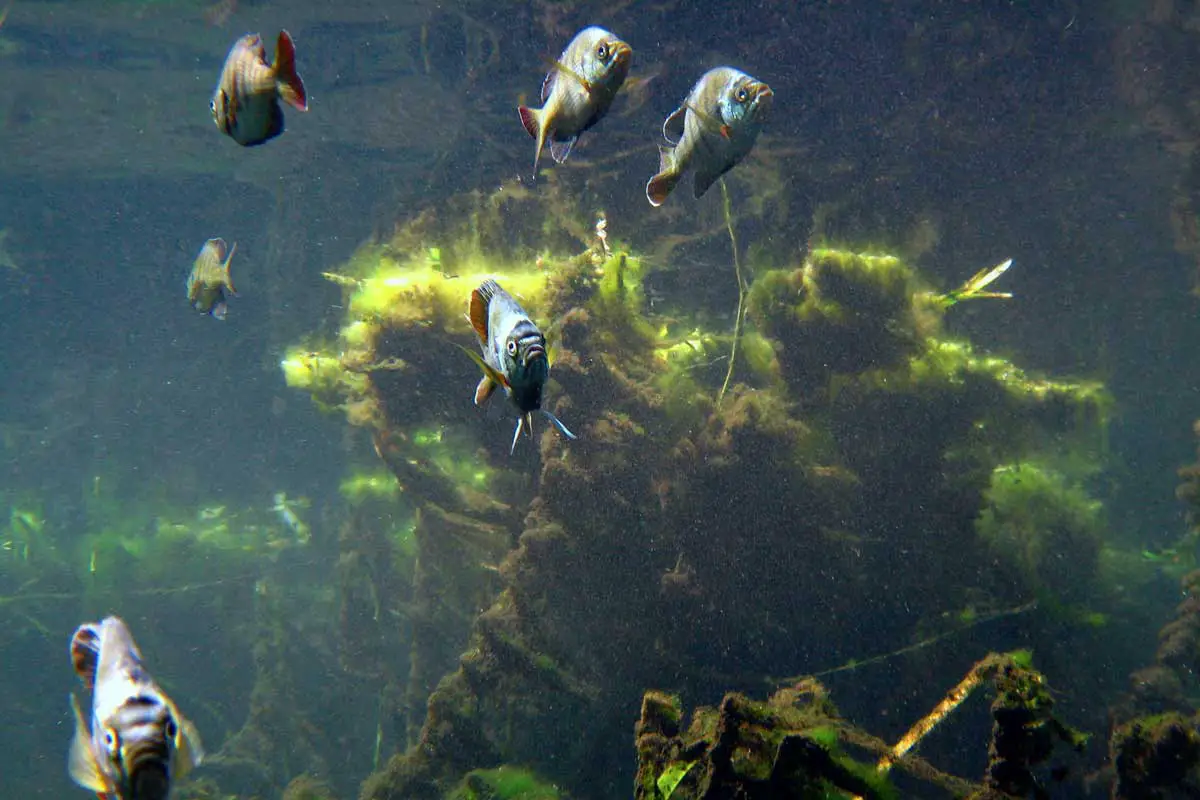
Native to the rivers, lakes, streams and ponds of North America, the BlueGill is a species of small sunfish.
They inhabit almost all freshwater areas, have a significant amount of attitude and are therefore very fun to catch.
They can grow to a size of twelve inches and weigh about four and a half pounds at full size. Colors, while very distinctive, vary according to their habitat.
9. Midas Cichlid
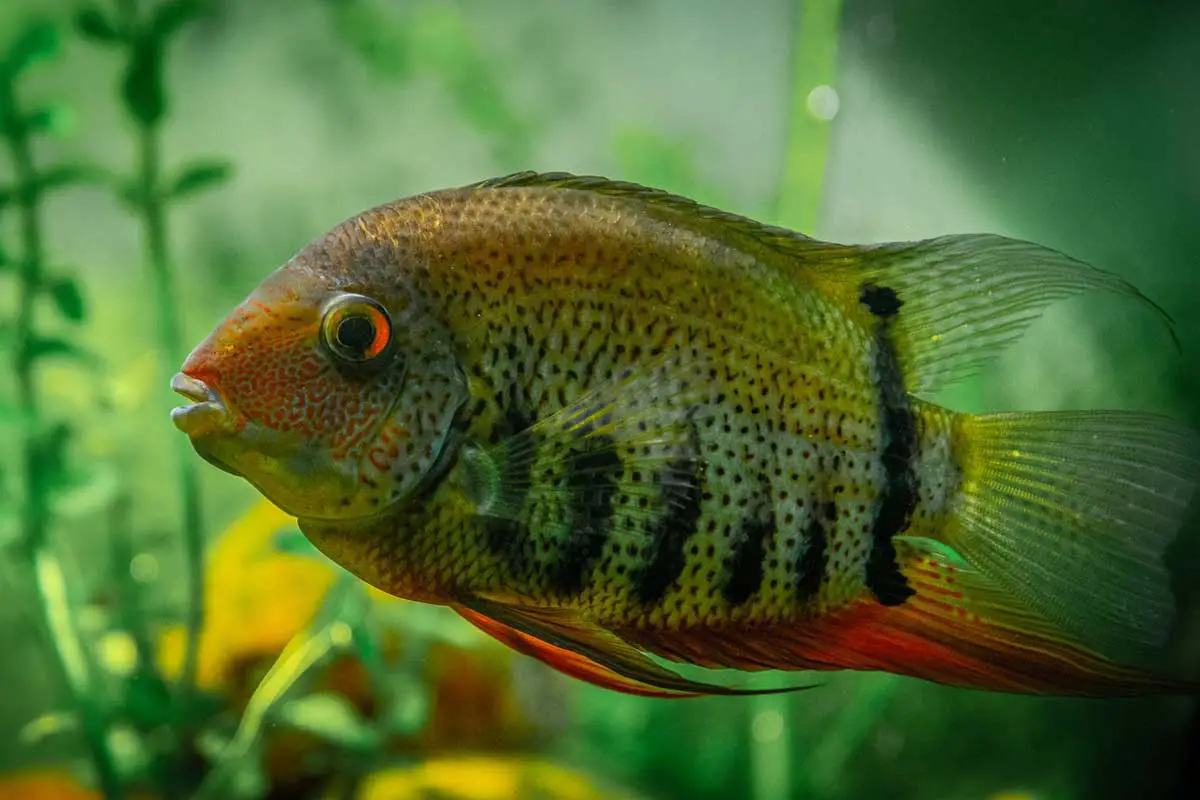
The Midas Cichlid or Red Devil Cichlid is most commonly found in the San Juan River, the watersheds of Costa Rica and Nicaragua , Manaua, Lake Apoyo and Masaya.
This species prefers living in calm lakes, canal habitats and other water bodies where they can be assured of clear water and plenty of crevices (or tree roots) around which they could hide from predators.
10. Bowfin
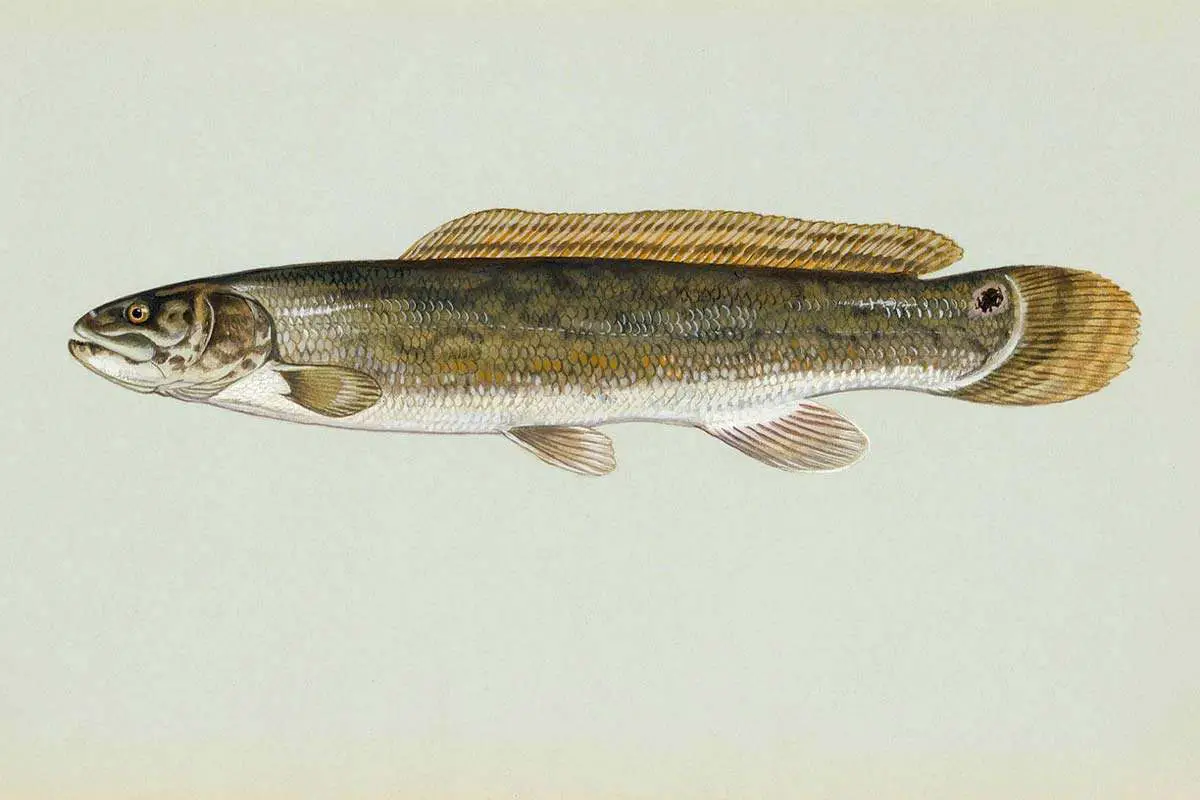
If ever there was a living fossil, it is this fish for sure.
Having lived alongside dinosaurs in Jurrasic times, this fish may well be considered a wonder of the modern world as it continues to thrive in the backwaters of Northern America.
It is also known as cottonfish, blackfish, freshwater dogfish, cypress trout, grindle, grinnel, mudfish, mud pike, swamp trout and Choupique.
It is a slimy fish that is voracious in the extreme and possesses a mouth full of very sharp teeth.
It is believed that Bowfin Fish were once common in both salt and seawater across all the continents except Australia and Antarctica.
However, they are now mostly restricted to water bodies in the eastern US and southern Canada.
11. Chain Pickerel
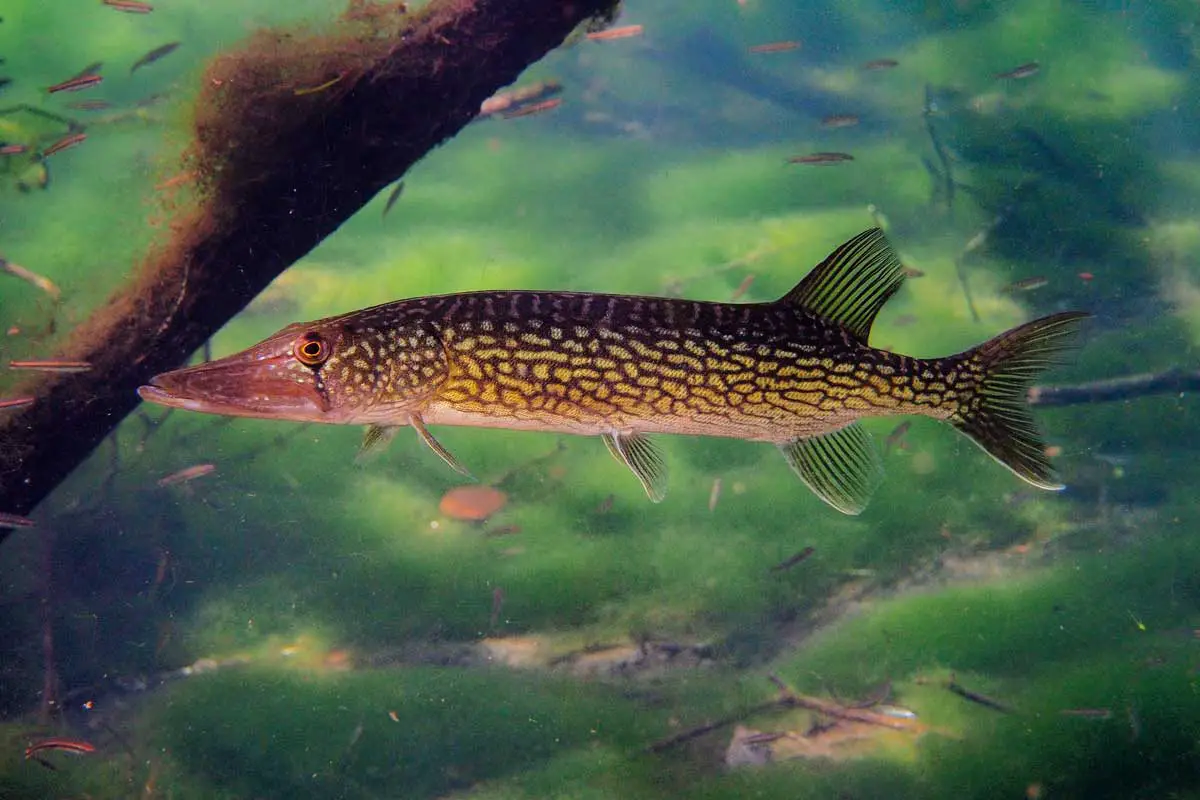
The Chain Pickerel is another species of freshwater fish, this one belonging to the Pike family, which may be distinguished by a vertical, black bar beneath its eye.
Another distinguishing feature is its scaly operculum. The chain-style of markings on its body gives this species of fish its name.
The fish are solitary fish that hide within aquatic or any other vegetation and wait for its prey to swim by.
For anglers, the fight that these fish put up before being caught makes them one of the most fun, freshwater fish that can be caught.
12. Oscar Fish
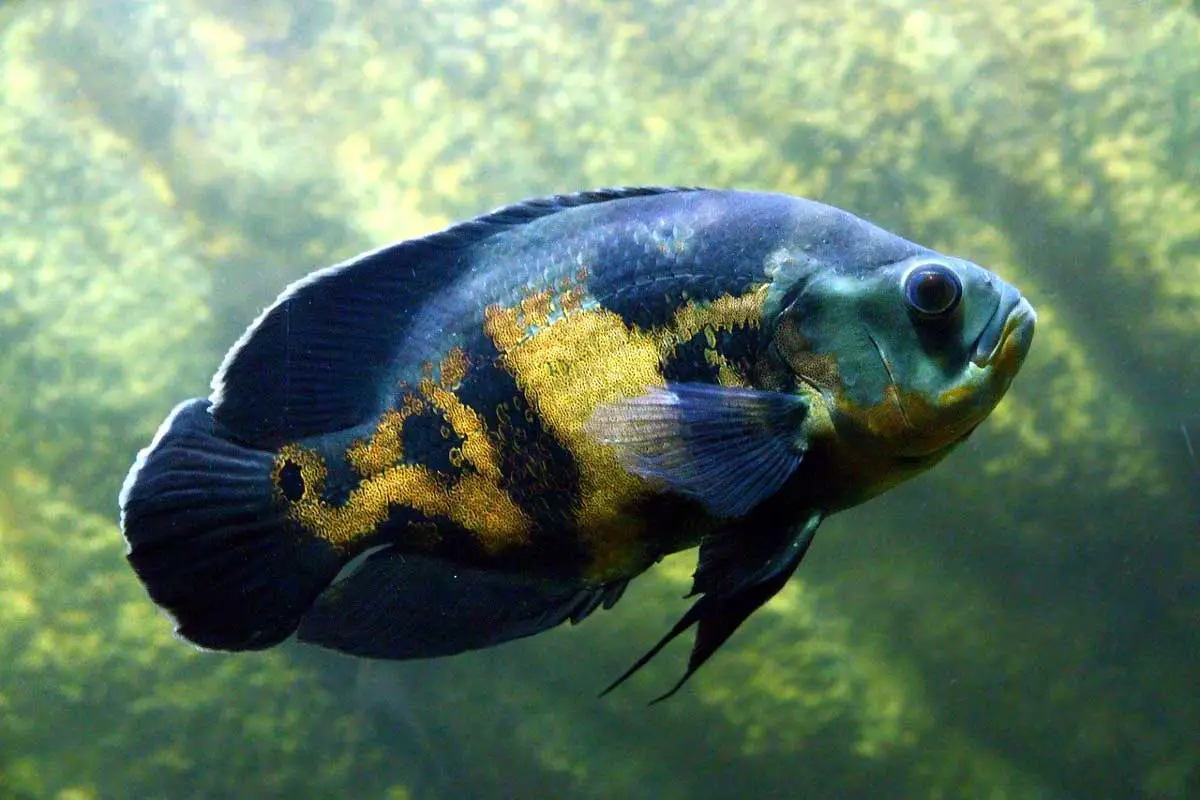
The Oscar fish, also called by the name of Oscar Cichlid, is a fish that is native of the South American Amazon basin. It is a playful, very visually appealing and intelligent fish.
The popularity of the Oscar Fish has greatly increased due to its playful nature and visually appealing looks.
Not just anglers, the Oscar Fish is also a very popular one amongst aquarists.
While the average age of the Oscar Fish is ten to twenty years, in captivity and with proper care, Oscar Fish could easily live up to 20 years.
Types of Seawater Fishes
There is no rule that limits an angler to fish in freshwater only.
In fact, for many, the rollicking sea waves you feel on the boat in the middle of the sea, are just as important as the catch that they are hoping to get.
13. Striped Bass
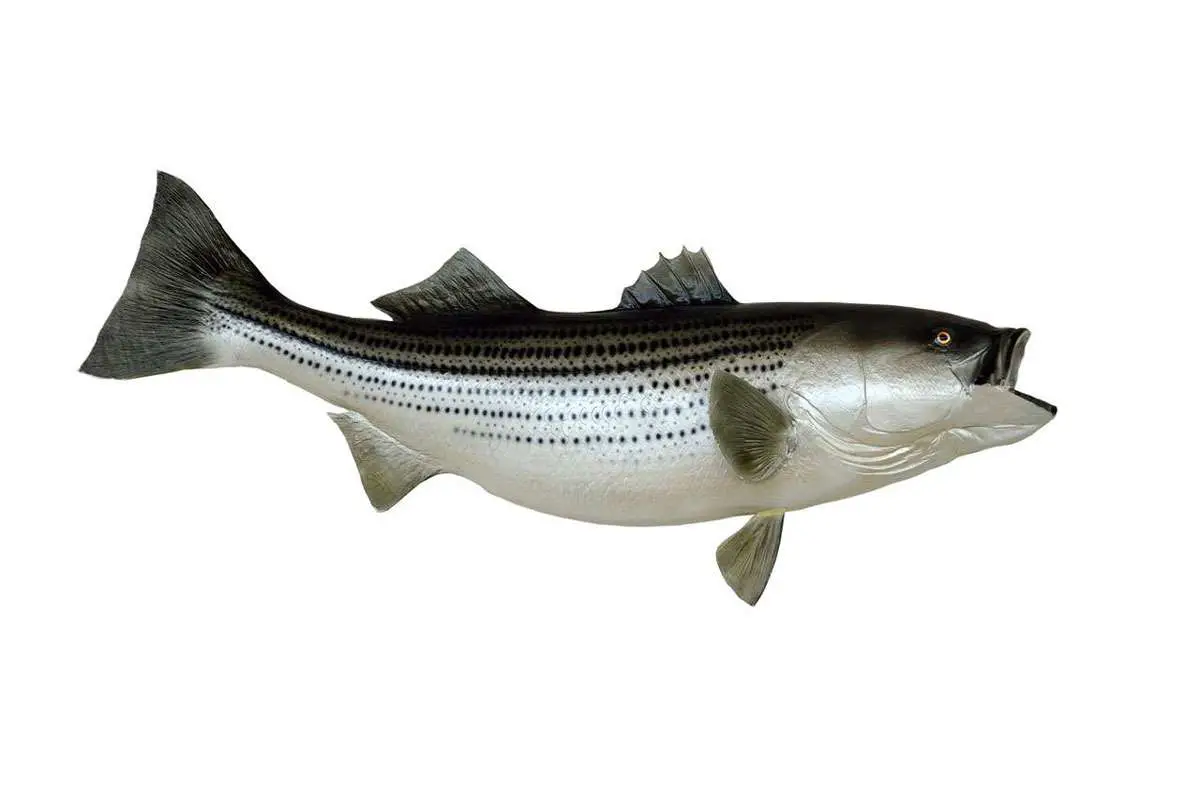
The Striped bass is a highly sought-after species.
It works both ways with the Striped Bass; it is a great game if you are planning on just catching and releasing this fish, or whether you are more inclined towards eating it.
The Striped Bass is a contender for being one of the largest species of fish that were available to anglers that stay near the shore.
The average weight of this fish ranges from one to 60 pounds.
It can be found near the coast surf, reefs, tide-rips, estuaries, in-shore bars and bays. Fishermen find them in waters between mid April to October.
14. Blue Fish
If there is one hungry fish in the sea, it is the Blue Fish. So hungry that it will strike at anything they see, the three to seven pounds Blue Fish, is liable to be bigger on the offshore side.
They have a set of sharp teeth that anglers should watch out for.
Younger Blue Fish are known as snappers and can be found in estuaries.
The fish are again a great game and may be caught between June to mid-October.
15. Black Sea Bass
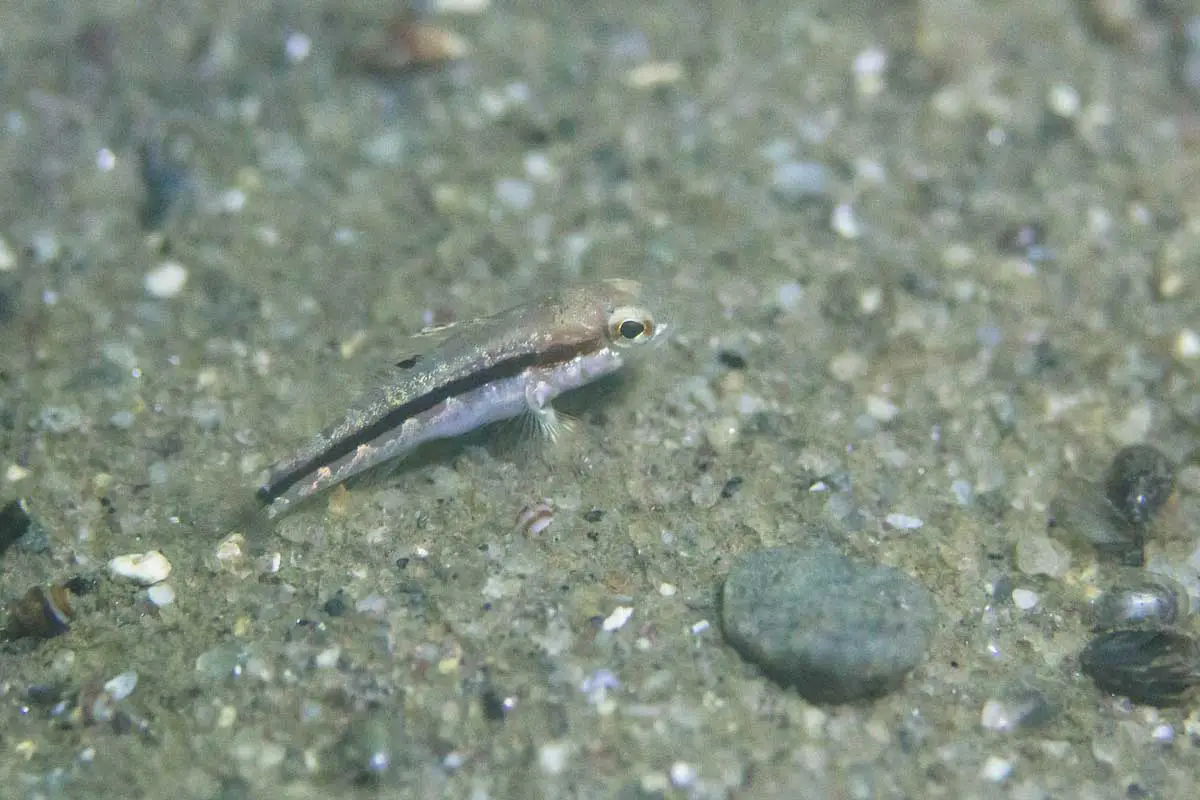
Talk about sex change! The Black Sea Bass begins its life as a female, but at around three years of age, switches to a male… at least, that’s the way most of them go.
This migratory fish can be found around ‘bottom structures’ such as reefs, wrecks or rocks.
On average, an adult Black Sea Bass weighs over 2 kg while a junior fish weighs about one kilo.
It may be seen between May to September.
16. Tautog
The Tautog is also referred to as ‘Tog,’ ‘white chin’ and ‘black fish.’ One of the most unusual things about the Tautog Fish is that it is a very slow growing fish as compared to most others.
These fish migrate from where they originate and are born and move to inshore before spring and back offshore in winters.
Tautog can be be found in waters between April to November.
Adults weigh over 4 kg on average while the junior fish weigh around 2kg.
17. Scup
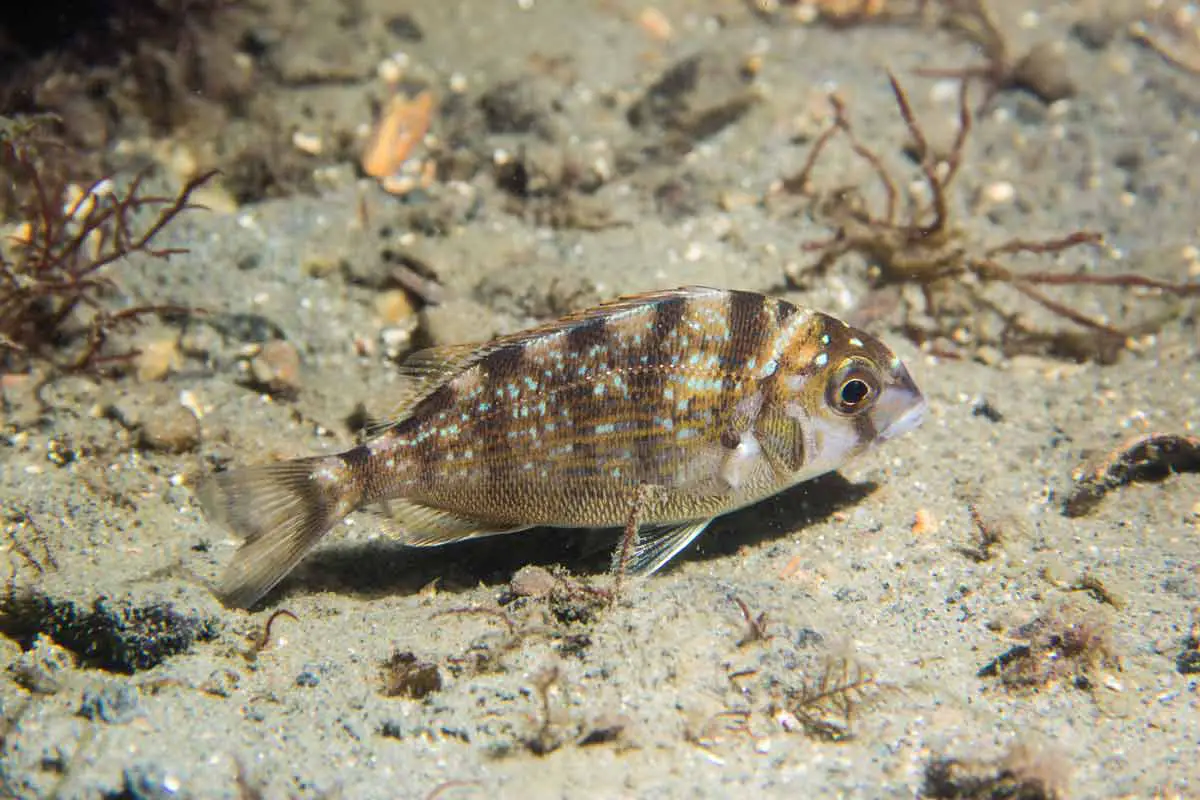
It may have a lot of bones that you will need to watch out for should you decide to eat the Scup you have caught, but this is for sure!
The Scup Fish is one of the easiest and most fun fish that you could catch. It can be found most easily around the South side of Cape Cod as well as along the coastline of Rhode Island.
It can be seen most easily between May to October. Adult Scups can weigh up to a kilogram while smaller fish are around half the weight.
18. Weakfish
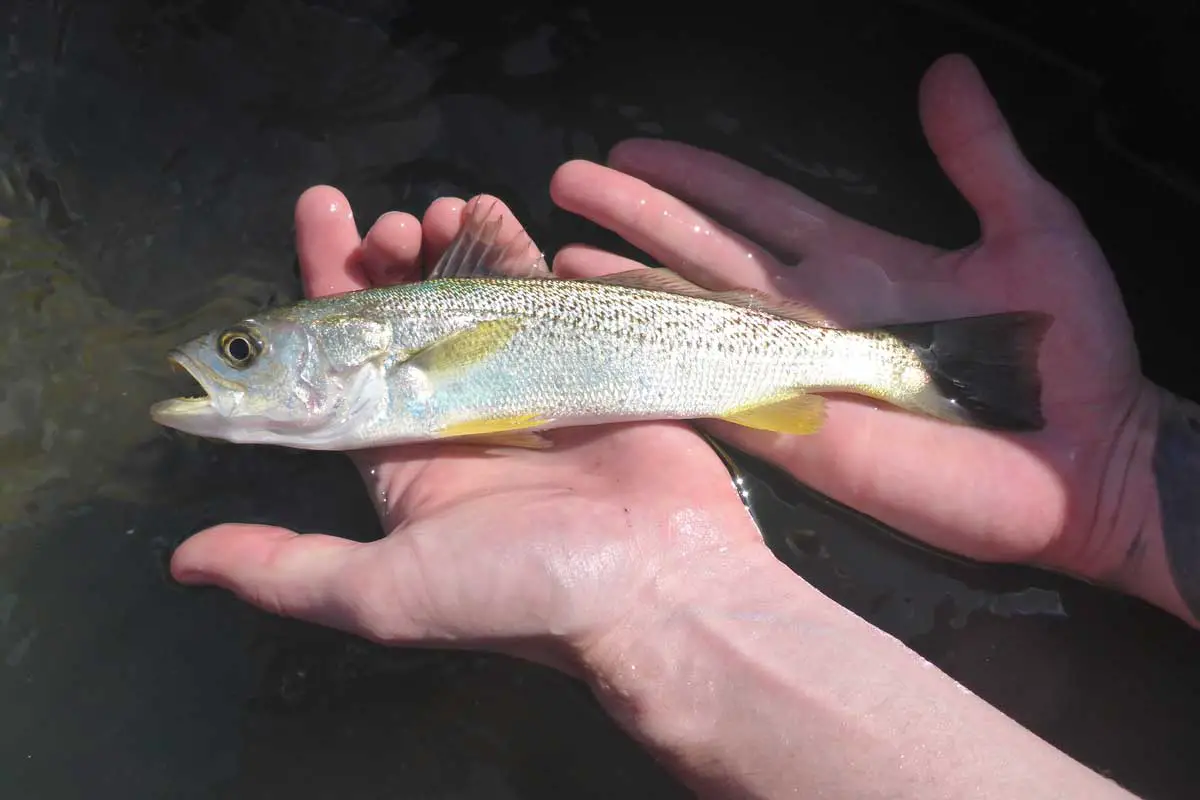
The Weakfish or Squeteague greatly resembles a trout. It is mostly found on the Massachusetts shore.
It is most easily found during the summer months, between late June and September.
Full grown Weakfish weigh around 4 kilograms while the junior fish are, once again around half the weight of the full grown trout.
19. Winter Flounder
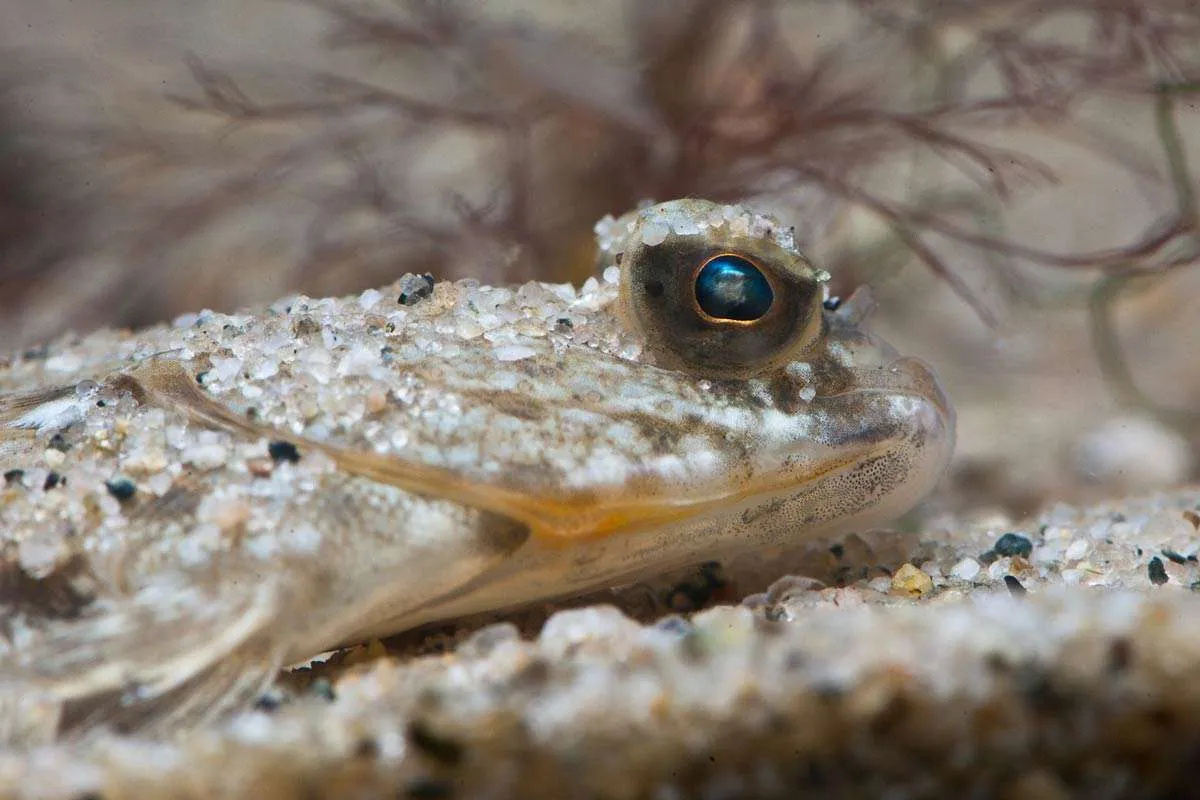
The Winter Flounder or Black Back as it is called, provides an excellent opportunity for fishing even during the winter months.
The best part about the Winter Flounder?
They are very easily accessible throughout the coast line, in tidal streams, estuaries and shallow bays.
The on-season for this particular fish species is between May to February.
Adults weigh less than 2 kg while the smaller fish weigh around a kilo.
20. Mackerel
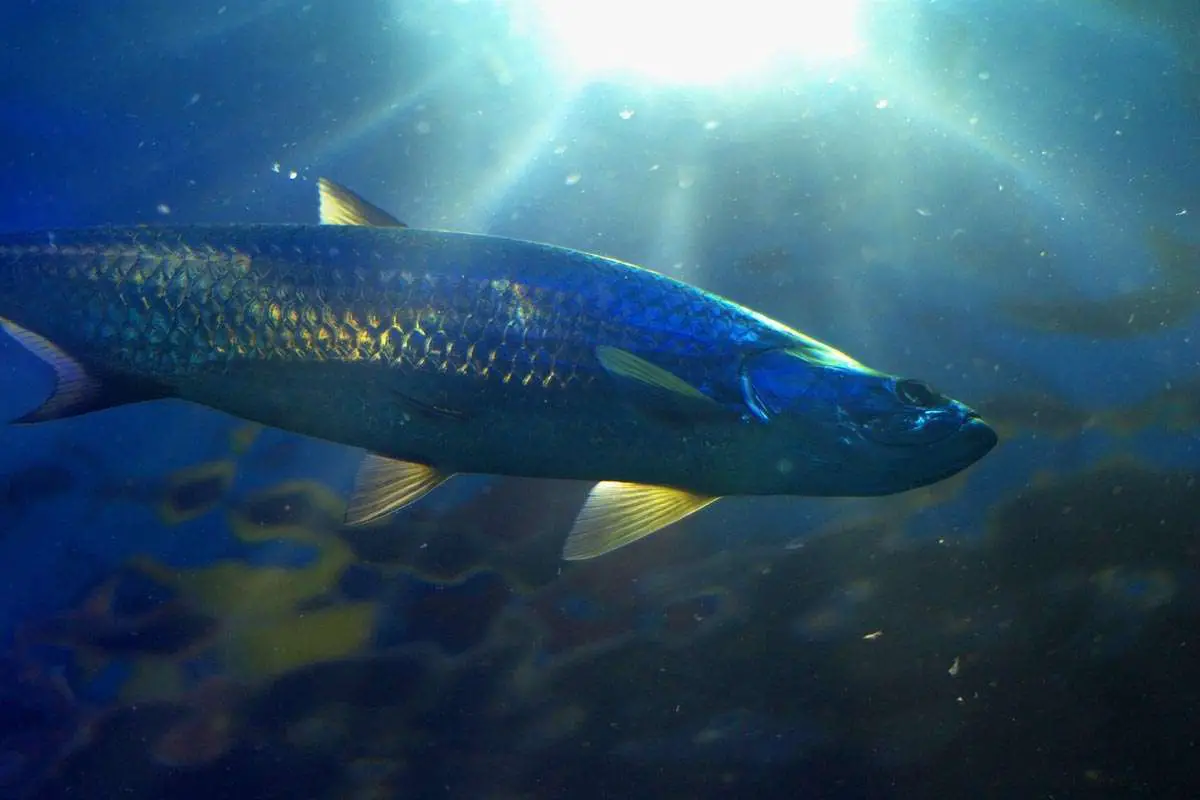
The Mackerel is famous for being excessively fast swimmers, as well as gluttonous feeders. This actually gives the anglers plenty of opportunities to catch the mackerel.
Interestingly enough, the Mackerel provide food for other species of fishes also. Their season is between May and September.
Adults have average weights around one kilogram while the smaller fry are around half the weight.
21. Bonito
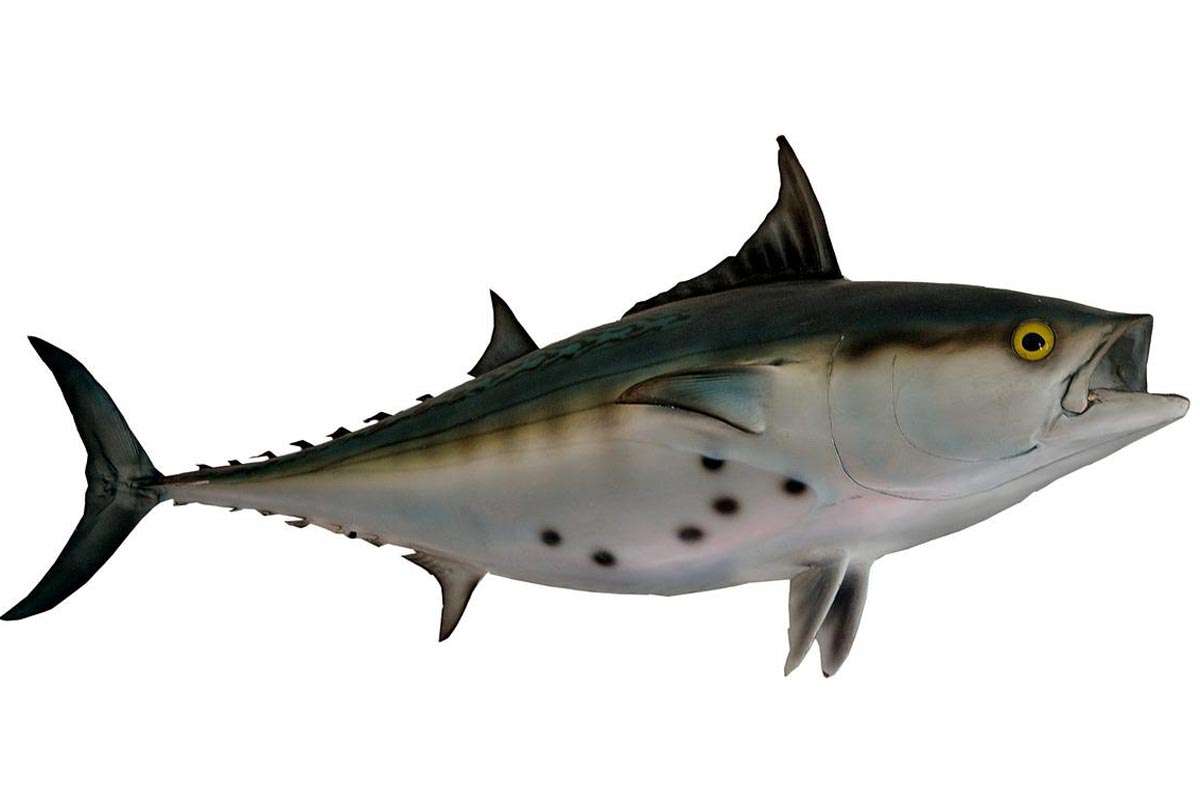
Now would be a good time to start practicing, sharpening your reflexes, honing all your moves, because his next fish is going to test you.
These small members of the Tuna family are really fast. They are also very fun to catch.
One way of doing so would be to look out for feeding schools where you are sure to come across jumpers.
Their identifying feature is the dark bands that run down the length of the fish above its lateral line. Another feature is their silvery belly.
Adult Bonito weigh around 2.5 kg while the younger ones weigh in at around 2 kg.
22. Summer Flounder
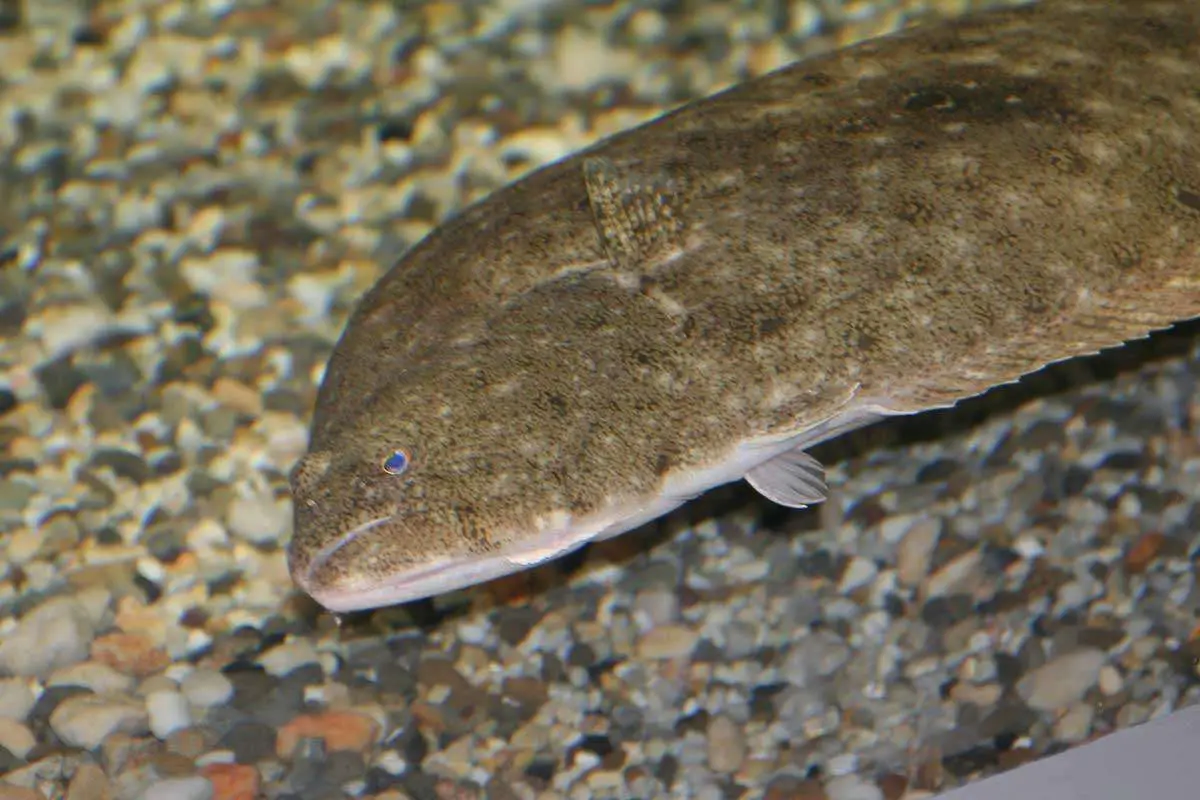
Their ability to really put up a fight, as well as the amazing flavor of this particular seawater fish make it the perfect catch of the day.
The top surface of the Summer Flounder’s head faces left.
Prominent teeth that complement their predatory behavior, this is one fish you should definitely watch out for, especially between May to September!
Adult Flounder or Fluke weigh around 3.5 kgs whereas the juniors weigh about 1.5 kg.
23. Tuna
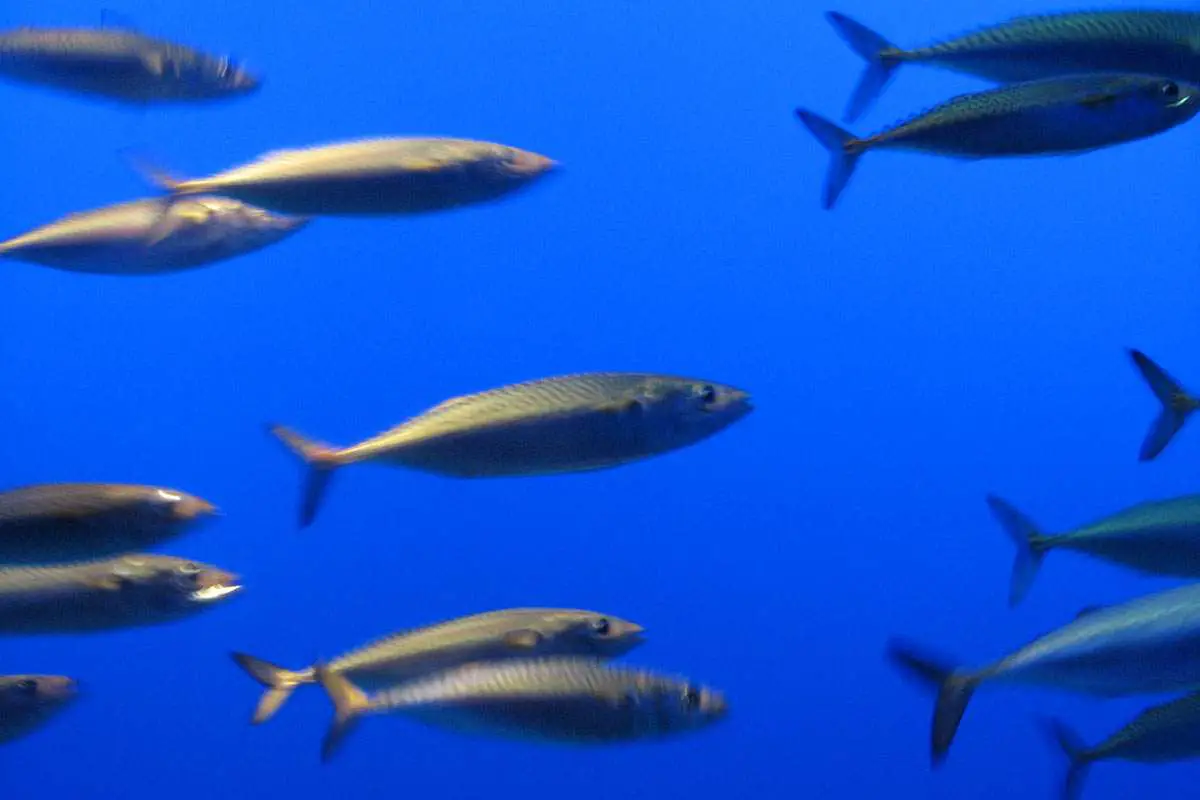
Tunas are uniformly swift swimmers and this is why anglers hoping to catch a tuna may be sure of having a thrilling fight as the Tuna is not about to come in quietly.
The gigantic bluefin tuna is one of the most popular fish amongst fishermen and anglers.
The areas where they are most likely to be found include Offshore east of North Shore, East of Cape Cod, Cape Cod Bay, the South of Islands as well as offshore in Canyons.
They may be seen easily between late June to October.
24. False Albacore
The False Albacore or Little Tunny as it is called is another seawater fish that is fast, fun and, more often than not, a little tricky to catch.
In this case they resemble the Bonito fish to a very great extent.
However, unlike the bonito fish, they are not very tasty or the kind of fish you would want for your next meal!
These fish stay mostly in the warmer waters such as those found near Cape Cod and the Islands. Adult’s weigh around 5 kg and junior fish weigh around 3.5 kg.
